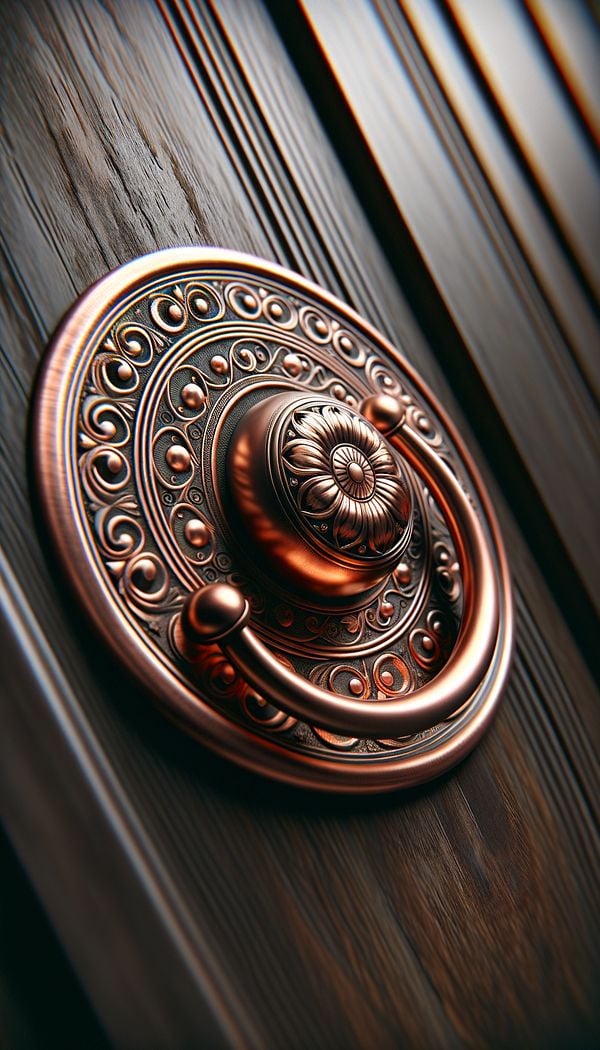What is Finger Plates?
Finger plates are protective plates mounted on doors to prevent wear and tear from frequent handling.
Description
Finger plates are an often overlooked but essential element in both residential and commercial interiors. These decorative and functional plates are installed on the push side of a door, around the height where the hand naturally falls, to protect the door's surface from the oils, dirt, and wear that come with frequent use. Finger plates can be made from a variety of materials, including brass, copper, stainless steel, glass, and even ceramics or plastic, with designs that range from ornate vintage styles to sleek, modern aesthetics.
By serving a dual purpose of protecting the door while adding to the room's decor, finger plates can contribute significantly to the durability and overall aesthetic appeal of an interior space. They are particularly useful in high-traffic areas where doors are subject to constant use and can help maintain the appearance and longevity of the door. Additionally, finger plates offer a simple yet effective way to add a touch of personality and style to a space, especially when chosen to complement the room's overall design scheme.
Usage
Finger plates are commonly found in public buildings like hotels, restaurants, and historical buildings where preserving the integrity of the doors is essential. They are also used in residential settings, particularly in homes with a focus on traditional or period decor. Interior designers might recommend finger plates as part of a renovation project to add character to plain doors or to enhance the theme of a room's design.
FAQs
-
Can finger plates be installed on any type of door?
Yes, finger plates can be installed on most types of doors, including wood, metal, and composite doors. However, the installation process and the type of screws or adhesives used may vary depending on the door material.
-
Are finger plates only available in traditional designs?
No, finger plates come in a wide range of designs, from traditional and ornate to sleek and contemporary. The variety of materials and finishes available allows them to fit into any interior design style.
-
How do you clean and maintain finger plates?
The cleaning process for finger plates depends on their material. Metal plates can be polished with a suitable cleaner, while glass or ceramic plates can be wiped down with a damp cloth. Regular cleaning will help maintain their appearance and prevent damage from fingerprints and dirt.
Practical Application
To select the right finger plates for a project, consider the door's material and the room's overall design style. Measure the area where the plate will be installed to ensure a proper fit. When installing, use the appropriate screws or adhesive and follow any manufacturer guidelines to secure the plate effectively without damaging the door. Regular maintenance will keep finger plates looking their best and prolong their lifespan.
-
Architectural Elements199 articles
-
Design Styles478 articles
-
Decorative Objects240 articles
-
Materials & Textiles360 articles
-
Construction & Building86 articles
-
AubussonAubusson refers to a specific type of French flat-woven tapestry or carpet.
-
Architectural SalvageArchitectural salvage refers to elements of buildings saved from demolition or renovations for reuse in other projects.
-
PlasterPlaster is a building material used for coating, protecting, and decorating walls and ceilings.
-
MemphisMemphis is a design movement characterized by vibrant colors, geometric shapes, and bold patterns.
-
Window TreatmentWindow treatment refers to the decoration and functionality added to windows.
